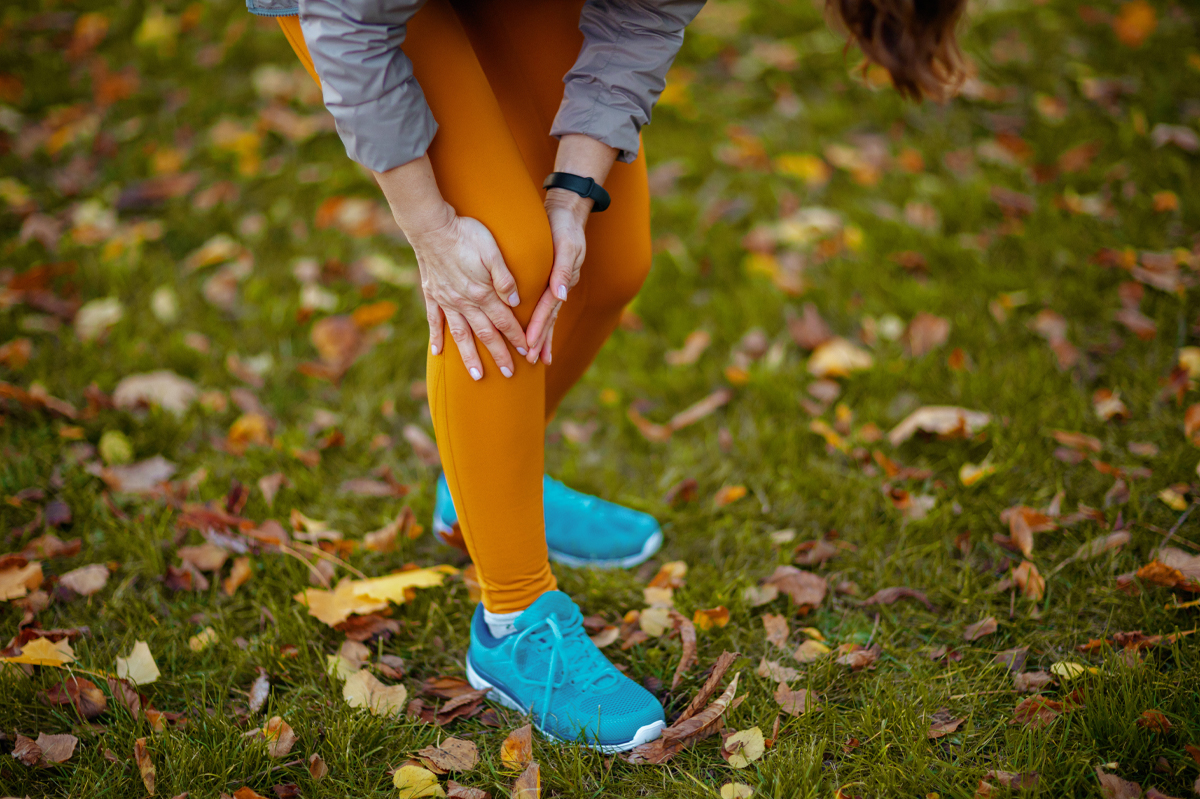Maybe you said knees? Or, shoulders, knuckles, wrists, elbows, hips, etc.? Whatever your answer, if you think your joints feel more achy when the weather turns cold and damp, it may not be your imagination.
Changes in weather, like the dropping temperatures in store for us this month, are known to affect joints. Colder weather may cause increased pain, weakness, stiffness, and soreness, especially if you already suffer from arthritis.
Why does cold weather affect joint pain?
According to Harvard Pilgrim Health Care, there is mixed scientific research regarding the connection between cold weather and joint pain. Some studies suggest that a change in barometric pressure is involved. When this air pressure drops, as happens in the winter months, it can cause bones, muscles, and tendons to expand. As joints experience this increased pressure, it can feel more painful to move and flex our joints.
In addition, cooler temps may increase the thickness of synovial (or joint) fluid, causing joints to feel stiffer and harder to move. And because we tend to stay inside and be more sedentary when it’s cold out, we might experience increased joint pain due to less physical activity.
Some health conditions may be affected by cold weather
Symptoms of a pre-existing health condition can worsen in cold weather. These conditions include:
- Arthritis
According to the national CDC, more than 58 million people in the U.S. (1 in 4 adults) suffer from arthritis. There are different types of arthritis, with the most common being osteoarthritis. Arthritis can cause pain, swelling, stiffness, and a decreased range of motion in the body’s joints. Individuals with arthritis may experience increased pain during the winter months. - Carpal Tunnel
Cold weather can exacerbate carpal tunnel syndrome by restricting blood flow or causing muscles to expand and cause pressure on the median nerve. As a result, it can be more difficult to move the fingers and wrists in colder weather. - Fibromyalgia
People living with fibromyalgia typically experience pain and tenderness all over the body. While there are different factors that can contribute to increased pain, such as stress or physical activity, cold weather may make the symptoms worse.
How can I prevent and/or improve my joint pain?
If you experience increased joint pain during colder weather, there are several ways to find some relief:
Stay Warm
Dress in layers to help keep your muscles warm while you’re outside. When you’re at home, taking a hot bath or applying a hot compress or heating pad to affected areas can also help relax your muscles and provide relief.
Exercise Regularly
Physical activity can help ease joint pain and keep joints flexible. Make sure you properly warm up before your workout, especially if you’re going outside in colder temperatures. If you prefer to stay inside, your Scerbo physical therapist can help you with exercises you can do at home to keep yourself flexible.
Maintain a Healthy Weight
Not only is this important for your overall well-being, but carrying less weight can reduce pressure on your joints. In addition to exercising regularly, eating a healthy, well-balanced diet will help to maintain a healthy weight.
See your Scerbo Physical Therapist
Your Scerbo PT will work with you to develop strategies to better manage your pain and restore your mobility, regardless of the weather!

